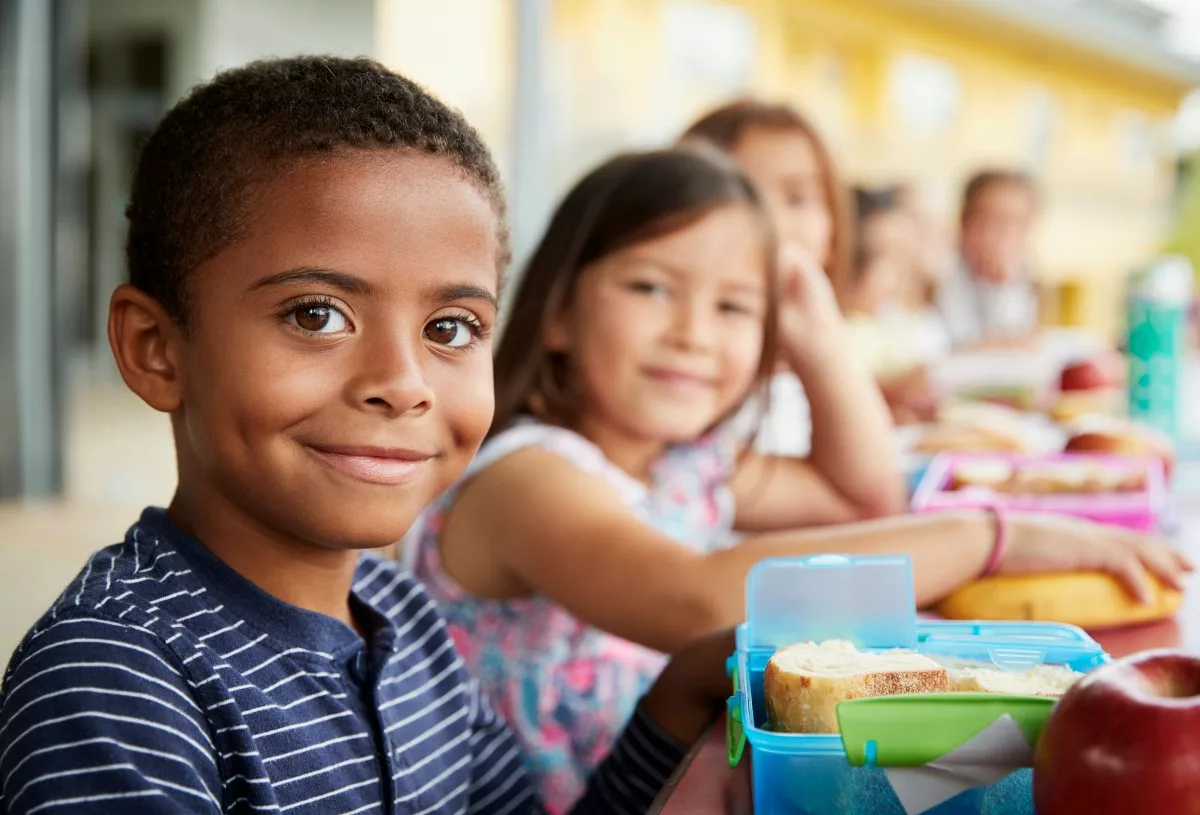Backpack. Check.
Pencils. Check.
Lunch box. Check…to make sure what you’re packing gives your children the fuel they need to focus, function and flourish as they head back to school this year.
With three daughters, I’ve has packed plenty of lunches over the years and recently reached out to Leah McGrath, RD, LDN, with a few questions about making the grade when it comes to packing lunches that are nutritious and delicious. McGrath, a member of the Academy of Nutrition and Dietetics and the North Carolina Academy of Nutrition, offers some tips to help put parents’ minds at ease and keep their kids happy and healthy.
Dr. Dorman: What role does protein play in kids’ diets?
McGrath: Protein helps build and maintain muscles. Meals that are balanced with protein, carbohydrates and fat tend to be more satisfying so kids can focus on their work and not a growling stomach.
Dr. Dorman: What should I pack for a healthy lunch for school?
McGrath: There are so many options depending on how much time you have to make lunches, whether you want to buy ready-made items and what your child likes to eat. But focus on balance (protein, fruits and vegetables, dairy) and reasonable portion sizes. It’s always fun for a child to discover a treat every once in a while, too!
Boost their confidence by having them help you decide what to include and pitch in to help. That can open the door to great conversations about nutrition.
Dr. Dorman: What are some good ways to incorporate protein in my child’s lunch?
McGrath: The best and most portable ways to get protein into a child’s lunch are meat, eggs (hard-boiled), cheese, nuts and nut butters, beans, cottage cheese, milk and yogurt. For example, wraps made of lunch meat and cheese, salads with beans and/or meat and cheese, hard-boiled eggs along with milk or yogurt. Be sure when you pack perishable items that you include an ice pack. Your child’s lunch should be in a container that can stay cold, so those foods remain safe.
Dr. Dorman: If packing a lunch for my kids to take to school, are there any foods that should be avoided?
McGrath: Some schools have a “no nut” or “peanut-free” policy so be sure and check ahead of time. Other schools may discourage certain foods or snack items with high amounts of added sugar or salt.
Dr. Dorman: What are the nutritional values found in a school lunch?
McGrath: School lunches at public schools have to meet USDA guidelines that are based on age. These guidelines include protein, fat, calories, number of servings of fruits, vegetables, whether breads are whole grains, and more!
Dr. Dorman: What are some after-school snacks that you recommend?
McGrath: Every child is different and offering snacks should be based on the child’s activity level and hunger and not just automatically offered.
It’s important to make sure snacks are only offered if children are truly hungry, and not just bored. Also, check to make sure your child isn’t just thirsty and would be content with a glass of water or milk. An ideal snack is one that will give them a jump start on dinner without contributing too many calories, for example, vegetables with a dip or salad dressing, air-popped popcorn (a whole grain), or a small bowl of cereal with milk.
Dr. Dorman: Any final words of lunch-packing wisdom?
McGrath: Yes! Keep your kids guessing with occasional surprises. Cut food into fun shapes. Buy or make food paint and display your artwork on a sandwich. Draw a cute face on a banana. Put stickers on containers or wrapped food. Throw in a note of encouragement to let them know you’re thinking of them. Even if lunches get redundant, surprises will keep things fresh!
Do you have questions or blog topic suggestions for Dr. Dorman? Reach out at AskDrDorman@pahc.com or 844-288-3623.
